Our dogs are intelligent, soulful, emotional, and deeply entwined in every aspect of our lives. With all that in mind, it can be easy to forget that dogs are not just furry humans! They have their own canine customs and codes of conduct. Despite our best intentions, we often exhibit behaviors that can be confusing, stressful or downright threatening to our pups.
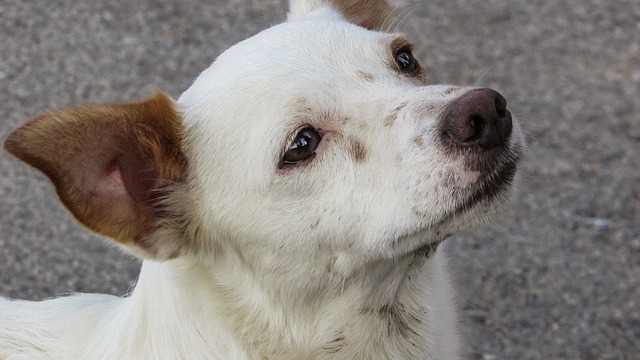
In order to maintain a healthy, respectful relationship with your dog, do your best to avoid these 10 perplexing paw-renting mistakes!
1. Inconsistency
In order to learn the behaviors we expect from them, dogs must receive the same clear message every time. For example, you can’t allow your pooch to snuggle on the sofa with you one day, then punish him for hopping up the next! The same goes for jumping up on visitors, begging, barking, etc. Decide which rules to enforce – and stay consistent!
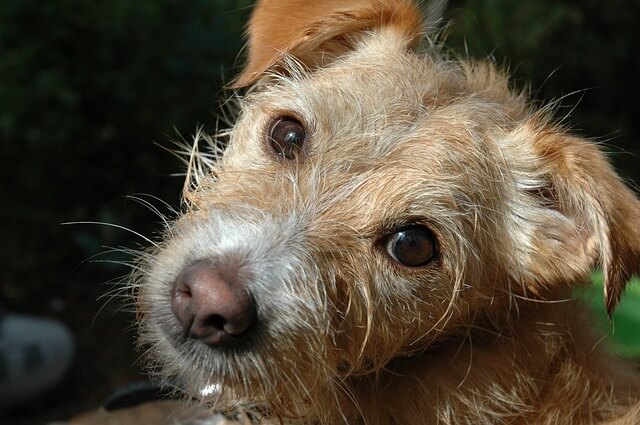
2. Changing Routines
Dogs are creatures of habit. Variations to feeding schedules, walks, or playtimes can cause them undue stress, so do your best to maintain their trusted routines.

3. Staring
Prolonged eye contact may be taken as a challenge by your dog. Once you have established a trusting relationship, your pup is unlikely to react with aggression towards you, but staring is still confusing and uncomfortable. Engaging your dog in “staring contests” could lead to anxiety or misplaced aggression towards others.
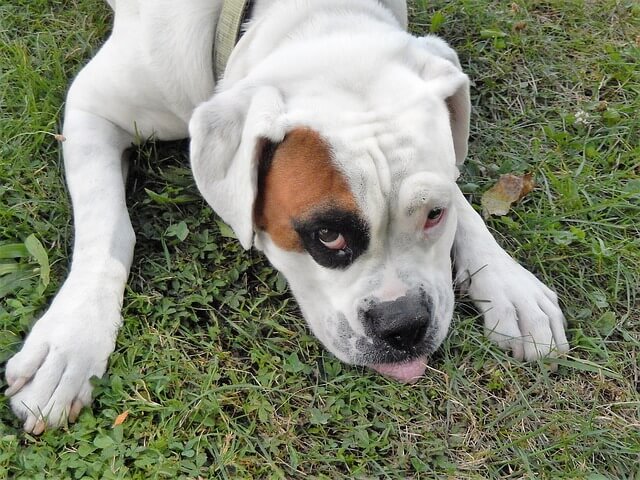
4. “Aggressive” Body Language
It’s hard for animal lovers to resist introducing ourselves to new dogs! Unfortunately, many people do not know the proper way to greet a dog and end up confusing or frightening the pup with their body language. Standing over a dog makes us look menacing while crouching can make us appear as if we are ready to pounce. It is also best to avoid reaching a hand out towards the face of an unfamiliar dog.
Instead of introducing yourself to the pooch, speak to the human instead! The owner can fill you in on their dog’s personality and help you get acquainted.
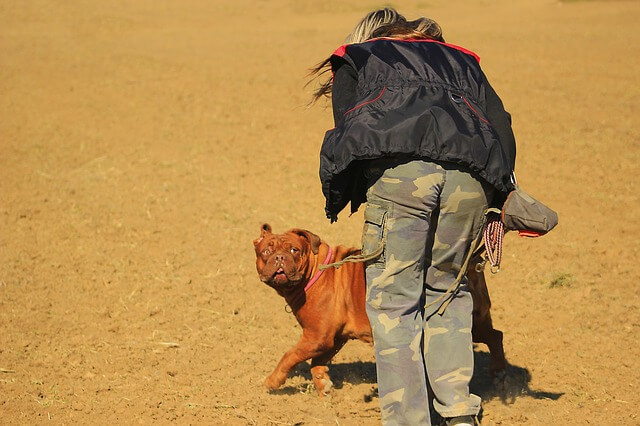
5. Hugging
Embracing one another is not normal behavior in canines as it is in primates. In fact, when a dog places their forepaws on another pup, it is usually a dominance move! Your personal pet may love your hugs, but as a general rule, hugging can be awkward or threatening for dogs.
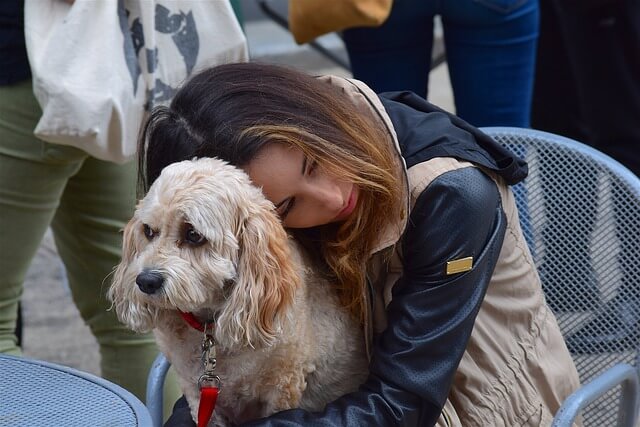
6. Yelling
Have you ever noticed that your dog cowers when you yell at the football game on TV? This may be due to the fact that dogs interpret an increase in volume as anger; similar to the sharp, shrill barks a mama dog uses to discipline her pups. Rather than raising the volume of your voice when training your dog, focus on your tone instead. Deep tones grab their attention, while higher-pitched tones are best for giving verbal rewards and affection.

7. Teasing
Dogs don’t have a great sense of humor when it comes to getting teased! Keep-away can be a great exercise for your pup’s body and mind, but if he never manages to snag the toy, it’s not much fun! The same goes for “pretending to throw the ball,” snatching away bones, and rough-housing. Teasing is baffling to dogs and could potentially result in shyness, insecurity or even aggression. This is an especially important lesson to teach children who may take the teasing too far.

8. Leaving Them Alone Too Long
Dogs are pack animals that prefer to be with the members of their social circle all the time. Most pups can handle a reasonable amount of time on their own, but excessive bouts of isolation can result in a variety of behavioral and psychological problems. Never keep dogs separated from the pack by chaining them outdoors or locking them in another room. If you work long hours, consider a pet sitter or doggy day care.
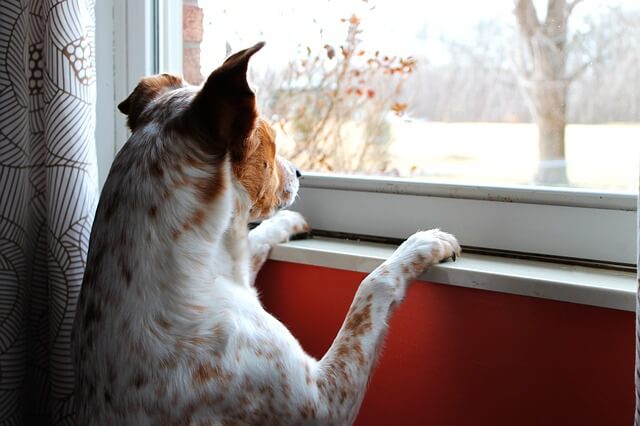
9. Coddling
Believe it or not, too much love, affection and freedom can be a bad thing! Without structure and guidance dogs are at a higher risk for anxiety and behavioral problems. Coddled pups tend to be smaller breeds that are already predisposed to separation anxiety, reactive barking, and overprotective behaviors. You may think it is “cute” or “sweet” that your dog clings to you, but reinforcing these behaviors will only cause undue stress, insecurity, pushiness, and possibly even aggression.
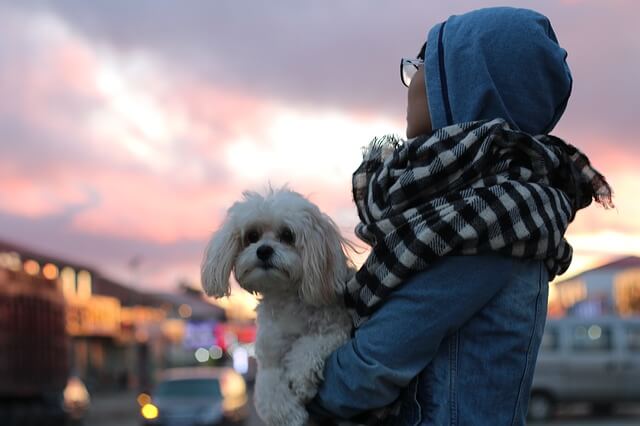
10. Punishing Past Behavior
It is hard to resist reacting to a dog’s transgressions after-the-fact, but punishing them for something they did minutes or even hours ago is not only useless in the training process, but it’s also confusing and cruel to the dog. Rather than preventing the unwanted behavior in the future, retroactive punishments teach your dog to fear you. They are unable to connect their mistake to your angry reaction and therefore learn to see you as fearsome and unpredictable.

H/T to Modern Dog Magazine
 Toledo, United States.
Toledo, United States.
